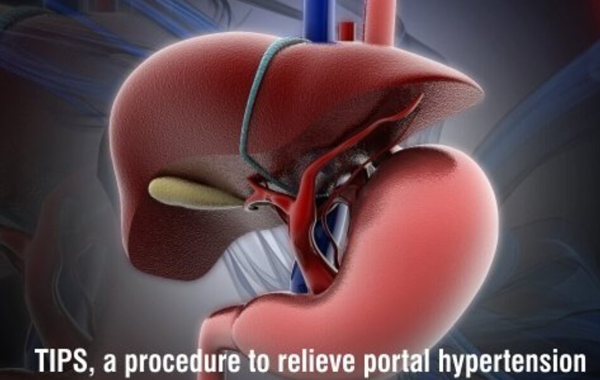Shunt Surgeries for Portal Hypertension

Shunt surgeries for portal hypertension are surgical procedures that create alternative pathways (shunts) for blood to flow around the liver when it is blocked due to high pressure in the portal vein. The portal vein carries blood from the intestines to the liver, and when liver disease or scarring (cirrhosis) causes this pressure to rise, it can lead to complications such as varices (enlarged veins that can rupture), ascites (fluid accumulation in the abdomen), and bleeding.
Symptoms of Portal Hypertension:
The symptoms of portal hypertension can vary, but common signs include:
- Varices: Swollen veins, particularly in the esophagus or stomach, which can rupture and cause serious bleeding.
- Ascites: Accumulation of fluid in the abdomen, causing swelling and discomfort.
- Enlarged spleen (splenomegaly): Due to increased pressure in the veins, which can lead to lower levels of blood cells like platelets.
- Hepatic encephalopathy: Confusion, forgetfulness, and altered levels of consciousness due to liver dysfunction.
- Jaundice: Yellowing of the skin and eyes, associated with liver damage.
Causes of Portal Hypertension:
Portal hypertension is most often caused by liver cirrhosis, which results from various conditions such as:
- Chronic alcohol use
- Hepatitis B or C infections
- Non-alcoholic fatty liver disease (NAFLD)
- Autoimmune liver diseases
- Congenital liver abnormalities
- Schistosomiasis (parasitic infection in some regions)
- Thrombosis of the portal vein (blood clot in the portal vein)
Types of Shunt Surgeries:
Shunt surgeries are aimed at reducing pressure in the portal vein. There are two main types:
Transjugular Intrahepatic Portosystemic Shunt (TIPS):
- This is a minimally invasive procedure where a shunt is placed within the liver using a catheter, creating a connection between the portal vein and a hepatic vein, which drains blood from the liver to the heart. This reduces portal pressure.
- It is commonly used for patients with variceal bleeding or severe ascites that doesn't respond to other treatments.
Surgical Shunt Procedures:
- Portocaval Shunt: This connects the portal vein to the inferior vena cava, redirecting blood flow around the liver.
- Mesocaval Shunt: This involves connecting the superior mesenteric vein to the inferior vena cava.
- Splenorenal Shunt: This links the splenic vein to the renal vein, allowing blood to bypass the liver and flow into the kidneys.
Treatment for Portal Hypertension:
Medications:
- Beta-blockers: These help lower the blood pressure in the portal vein and prevent variceal bleeding.
- Diuretics: Used to reduce ascites by promoting fluid excretion.
- Antibiotics: In case of spontaneous bacterial peritonitis (infection in ascites fluid).
- Lactulose: To treat hepatic encephalopathy by reducing the buildup of toxins in the bloodstream.
Endoscopic Treatments:
- Endoscopic band ligation or sclerotherapy for treating bleeding varices.
Shunt Surgeries (as mentioned):
- Typically performed when medication or endoscopic treatments fail to control the complications of portal hypertension.
Liver Transplant:
- In cases of advanced liver disease, liver transplantation may be the only curative treatment.




